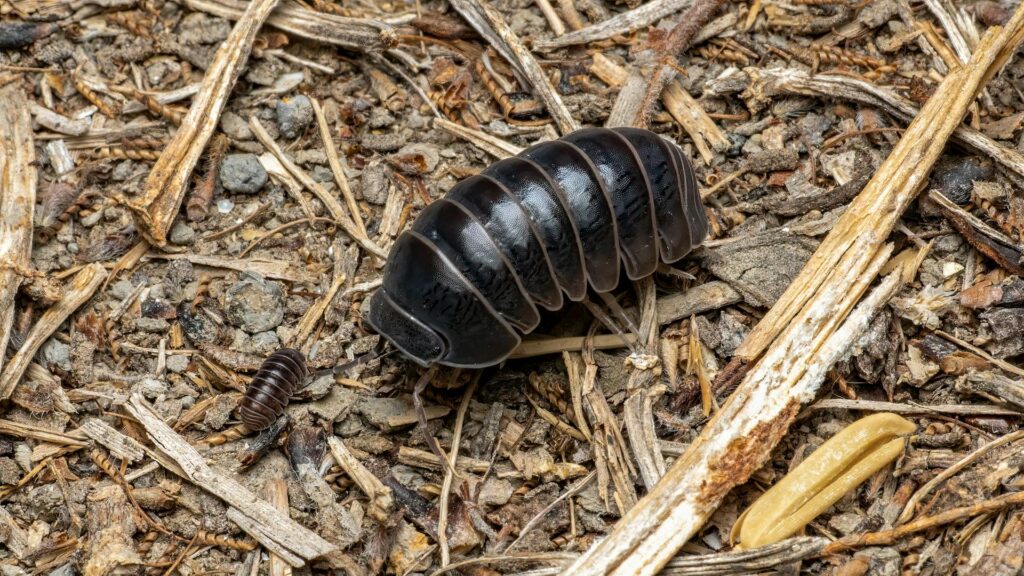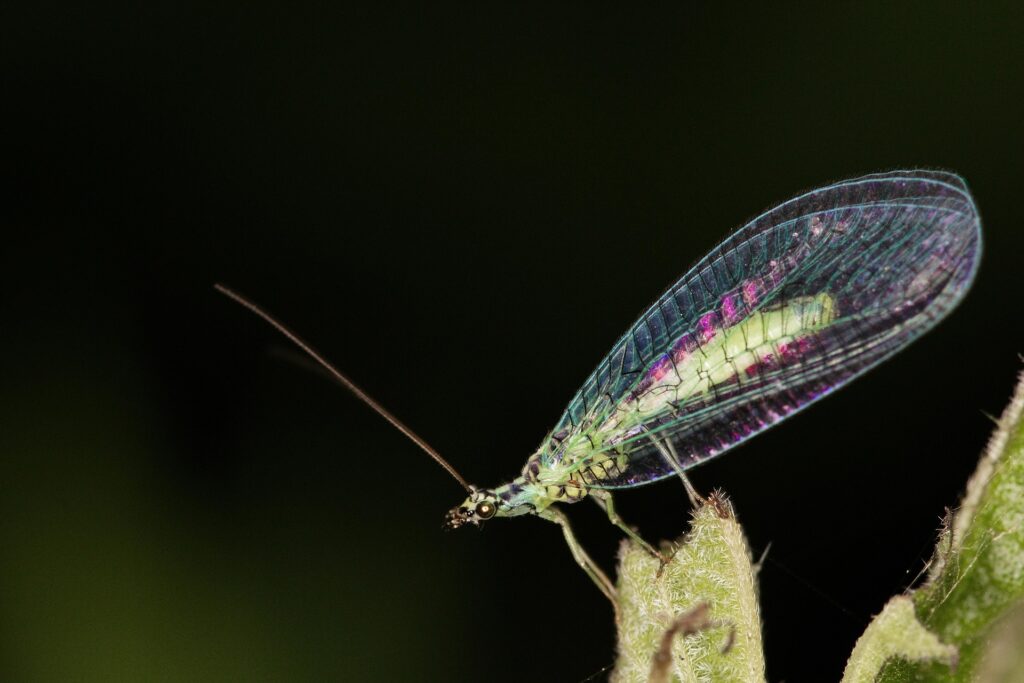Have you ever noticed a sudden increase in unwanted critters around your home as the seasons change? It’s not just your imagination. Weather patterns significantly impact animal and insect behavior and pest control strategies. This poses unique challenges for homeowners throughout the year.
This article will explore this intricate connection and offer practical tips for proactive pest management.
The Connection Between Weather and Pest Behavior
Temperature, humidity, and precipitation are the weather trifecta influencing pest populations. These elements govern their life cycles, reproduction rates, and movement patterns. As seasons shift, so do these factors, prompting predictable changes in pest behavior.
For instance, spring and summer’s warmth trigger a surge in activity for many insect pests. This translates to increased reproduction and larger populations, raising the risk of infestations. Moreover, moisture-loving pests like cockroaches and ants find humid environments particularly conducive to thriving.
The impact of weather extends beyond seasonal variations. Unseasonably warm winters can allow southern pest species to expand their range northward. Extreme weather events like hurricanes and heavy rains disrupt established ecosystems, forcing displaced pests to seek shelter indoors and leading to unexpected surges in infestations.
Understanding these weather-pest connections empowers homeowners to anticipate seasonal threats and choose the most effective pest control strategies for their needs.
Weather’s Influence on Common Pests
Let’s dive deeper and explore how different weather elements specifically impact common household pests and pest control strategies.
- Temperature: Most pests favor warm weather, making summer prime time for infestations. However, their responses vary. Some pests become more active outdoors. Others look for protection and refuge indoors as temperatures rise.
- Rainfall: Rainfall patterns significantly impact pest behavior, especially during wetter seasons. Heavy rains often force moisture-disliking pests like rodents to look for shelter and food sources inside properties. What’s more, water and puddles left behind by downpours create perfect breeding environments for mosquitoes, leading to population spikes.
- Humidity: Humidity levels are another key factor. High humidity creates excellent conditions for moisture-loving pests like cockroaches. Low humidity levels can drive these pests indoors, resulting in more frequent encounters with homeowners.
Seasonal Shifts and Pest Activity
Understanding how different pest types respond to seasonal weather changes is crucial for crafting effective pest control strategies.
- Rodents: Adaptable creatures, mice and rats still exhibit seasonal behavioral shifts. Cooler months see them invade homes for warmth and food, leading to increased fall and winter infestations. In the summer month, they typically spend more time outdoors. However, they may still occasionally come inside for resources.
- Insects: Spring and summer are peak seasons for insect infestations like ants, mosquitoes, and termites due to the rise in activity and reproduction triggered by warmer temperatures. Spring rains can also lead to surges in mosquito populations due to increased breeding habitats.
Three Practical Tips to Prepare Your Home for Changing Weather
As the weather shifts, unwanted critters seek shelter and resources. Here’s how to fortify your home:
- Seal the Gates: Inspect your home’s exterior, looking for cracks around windows, doors, and foundations. Seal these openings with caulk to block entry points for pests.
- Mind the Moisture: Address leaky pipes and clean gutters to eliminate breeding grounds for moisture-loving pests. In drier months, use dehumidifiers to control humidity and make your home less inviting.
- Minimize Outdoor Allure: Keep your property free of clutter and trim overgrown vegetation. Store firewood away from your house and eliminate standing water sources like clogged gutters. By reducing outdoor attractions, you discourage pests from approaching your home in the first place.
These simple steps can significantly reduce the risk of seasonal pest invasions.
The Best Pest Control Services Are Proactive
Homeowners can take proactive steps to minimize pest problems throughout the year by understanding the connections between weather and pest behavior. Regularly checking and sealing entry points around your home, maintaining proper ventilation and moisture control, and partnering with a reputable pest control service can help protect your home from pests – whatever the weather. Contact Aptive today.









